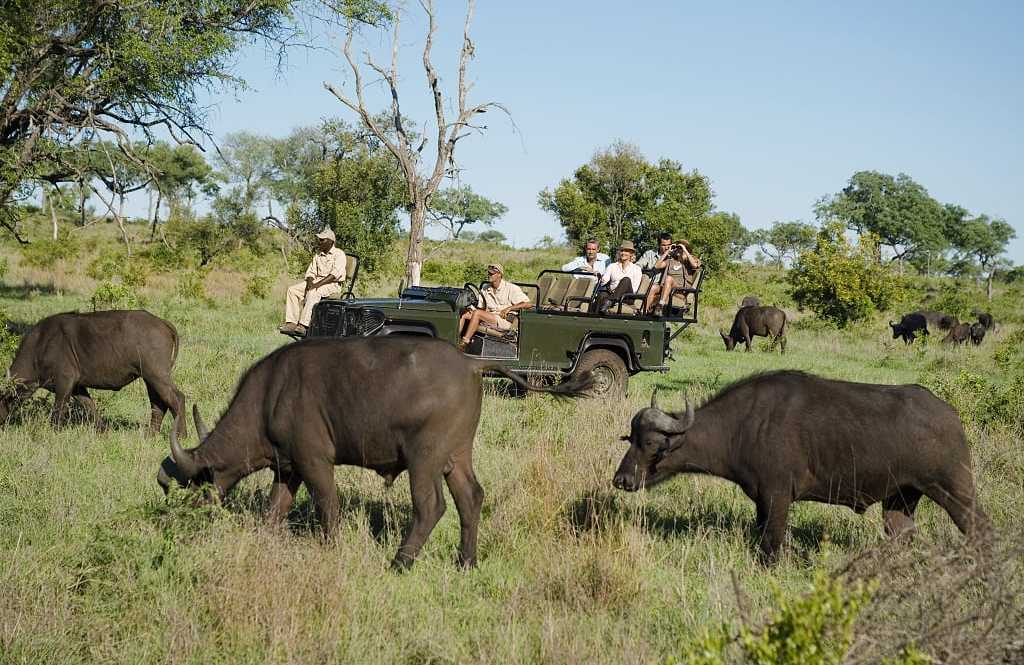The thought of packing for a continent and an experience as unique as an African safari can feel daunting, often leaving travelers wondering where to begin. The key is to break the process down into simple, manageable steps. By first considering the length and style of your trip, and identifying your absolute must-have items, you can create a solid foundation for packing efficiently and without stress.
- Trip length should be your first consideration to help determine the quantity of clothing you will need.
- Itinerary type will influence your choices; a trip combining a safari with a city or beach stay requires more variety.
- Essential items like specific medications or comfort items you can’t live without should be set aside first.
- Lay everything out on a bed or the floor to get a full visual inventory before putting anything in your bag.
- Pack systematically by making a final decision on the necessity of each item one by one to avoid overpacking.
For all you need to know before going on safari, see Zicasso’s comprehensive article on How to Plan an African Safari: Frequently Asked Questions.




